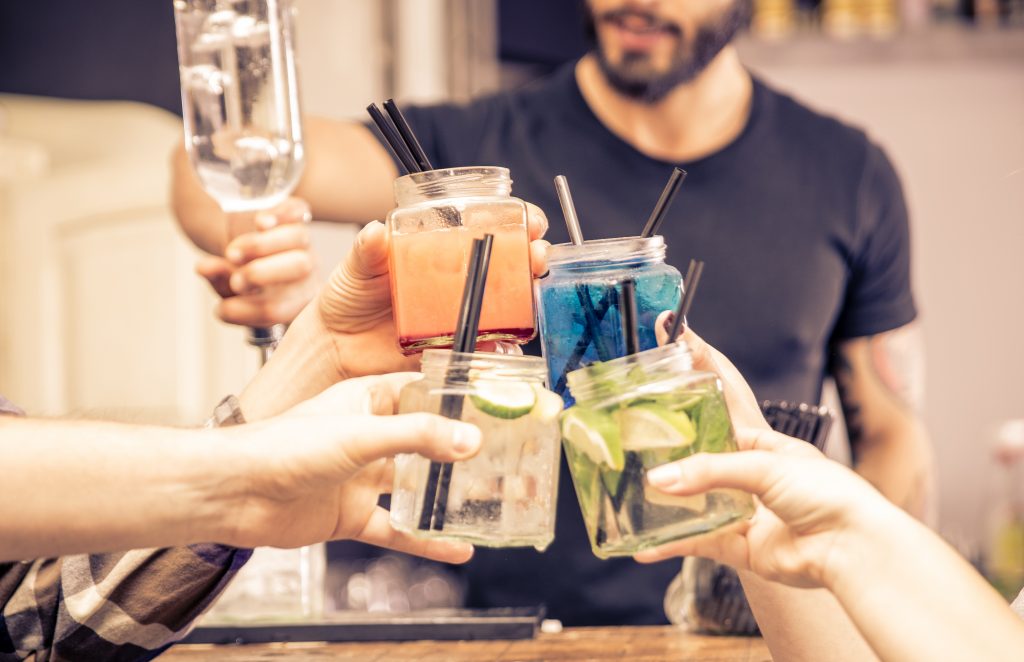In this article, dram shop and liquor liability expert, Jeff Jannarone discusses critical control points in bar operations, including recourse options for handling intoxicated patrons.
Every bar or restaurant that serves alcoholic beverages is at risk of having intoxicated patrons. However, the mere presence of an intoxicated patron within an establishment does not necessarily indicate a breakdown in an establishment’s training or operations, nor does it necessarily indicate a violation of the standard of care within the industry.
The presence of intoxicated people in any environment increases the likelihood of crimes and/or injuries. While bars and restaurants are responsible for limiting alcohol consumption, it is challenging to prevent every patron from becoming intoxicated; consequently, the way that an establishment responds to the presence of an intoxicated person is often the crux of a liquor liability dispute.
Questions that are commonly at issue in liquor liability disputes include:
- How effective was staff at identifying the intoxicated patron?
- Was the intoxicated patron continued to be served alcohol?
- What measures did the establishment take in safeguarding their customers and the public?
These issues represent critical control points that test how effectively staff was prepared to handle potentially dangerous situations.
Many states have a requirement that businesses that are permitted to serve alcohol not serve anyone who is visibly intoxicated; permittees also are responsible for providing proper measures to ensure the safety of any intoxicated person on their licensed premises (or when they leave?). These requirements are reflected in the standards of care for the industry and reinforced by the various professional training programs that promote the responsible service of alcohol (e.g., TIPS, TAM, RAMP, etc.). The modern standard of care goes well beyond simply removing drunken people from an establishment or passively posting the phone number for a taxi service. A well prepared bar or restaurant has a variety of best practice recourse options when they identify an intoxicated person.
Active measures that promote harm-reduction may include:
- Stopping the service of alcohol
- Providing food and non-alcoholic drinks
- Actively promoting/providing safe transportation
- Calling the Police
- Accurately documenting the situation
Industry training programs, such as the Techniques of Alcohol Management (TAM), are utilized by quality establishments to provide their employees with the training required to effectively handle the many potentially critical situations faced by servers and bar staff.
Quality training is only one part of a comprehensive safety program for bars and restaurants. In order for the training to be effective and enduring, it must be complemented with strong policies and operational procedures. Only when a comprehensive program is in place, is it possible to consistently guide staff in their decision making process when confronted with critical situations, and to deflect any liability issues that arise.
There are many critical points that exist in the operation of alcohol-service establishments. When the operations/procedures are called into question as part of a legal dispute, it is important to understand the facts leading up to the incident, and how actions compare with established industry standards.

